|
While the act of locking guns in gun safes protects the guns from theft, this act also traps in moisture which can wreak havoc on metals, wood and valuables. So, to prevent havoc and worrying, we have created a document to review technologies and help gun owners tackle the moisture phenomenon. The Problem: Temperature Change & Condensation If you have ever touched a cold mirror after a hot shower or touched a side of the glass of ice tea on a hot day, you will notice condensation. In the gun safe world, this condensation forms as well when the safe is exposed to temperature swings. Most safes with condensation problems are the ones in garages, hunting cabins and ones hidden in walls with little insulation. For the safes kept in temperature-controlled houses or offices, the problem is less, but still can exist. Rust: Metal is negative and when exposed to condensation, the water droplets will act as an electrolyte and start an oxidation process which will lead to rust. It is this process which can wreak havoc on both interior and exterior parts of guns. Oil Based Protection (CLP) : Since the invention of metal in the bronze age that was used for protective armor, man has tried many barrier type methods and types of oils to keep the moisture off the metal. In the beginning, it was animal fat, then vegetable oil. In the last 200 years, petroleum oil has been used a barrier and many companies still use such formulas today with a few formulation twists. for cleaning and lubricating. Petroleum oil and greases are quite inexpensive, and manufacturers can create additive packages such as perfumes, cleaners to break down carbon build up and nonstick coatings to prevent build up. These all are fine and dandy, except the greases and oils can “dehydrate” and breakdown over time and thus leave the metal exposed. More on this subject on a future post. In addition, another problem with greases and oils as a barrier is they can act a dirt and debris magnet, thus creating its own set up problems…….particularly in the mechanical parts and barrels. So, experience tells us that for Cleaning, Lubricating and Protecting (CLP) of firearms it is really hard to find a great balance of all three…….so buyer beware. Solutions to Moisture in Safes So, if you go to gun shows, cruise the internet or visit gun stores seeking gun safe moisture solutions, you will probably end up with three main choices which that include:
Let’s Break Them Down with Pros and Cons.
Pros:
Taken from the boot drying industry, a heating element is placed horizontally at the bottom of the safe and a constant flow of warm air is dispensed 24 hours a day into the safe. The principle works by taking the warm moist air and rising it up and out of the safe where it can do little damage. The temperature ranges from 120-130F, a little too hot to hold, but not enough to burn. In order for this unit to work, it must have two holes, one for the electric cord or outlet, and one for the vent. Pros:
Taken from the hydraulic oil and fuel industry, this product called Moisture Hog by Steel Camel is a new entry into the desiccant market works much different than Silica Sand beads and other organic material. Instead of adsorbing moisture and sticking to beads where the moisture is still present, this product actually absorbs moisture and makes it inert. See video. https://www.youtube.com/watch?v=0U6kIsGj9X8&t=5s&ab_channel=SteelCamel This desiccant technology comes in an opaque bag of various sizes depending on the volume of air in the safe. While the Silica relies on a fan to draw in the moisture, Moisture Hog utilizes a powerful chemistry to attract and draw in the moisture. As the moisture is drawn in and captured, the bag with expand and blow up like the Pillsbury Doughboy. When blown up, it is time to change out and get a new bag. Pros:
Size L x W Volume Cu. Ft. # per case 1” x 2” 1-2’ 25 2” x 2” 3’ 25 3” x 3” 4-5’ 10 7” x7” 9-10’ 10 22” x 24’” Dependent 3 Cons:
Conclusion: Moisture caused corrosion can wreak havoc or even destroy your firearms and ammo in enclosed containers if not properly addressed. For the best practices, choose the best drying system that is safe, lasts a long time, has few bells and whistles, desiccates the greatest volume of air and affords the gun owner the most piece of mind. For more details, please contact Steel Camel @ [email protected] or visit www.steelcamel.com
6 Comments
|
�
AuthorIf you have any topics for review, please let us know. Archives
July 2024
Categories |
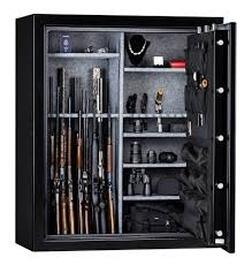
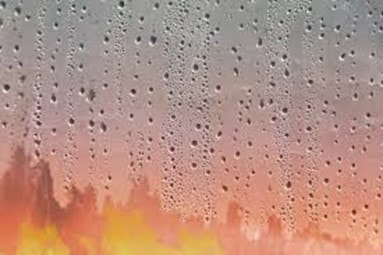
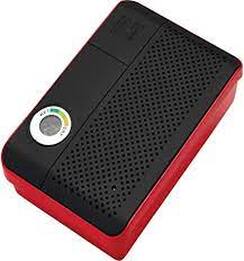
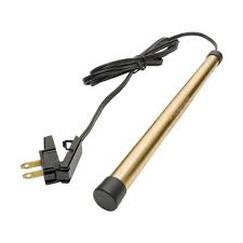
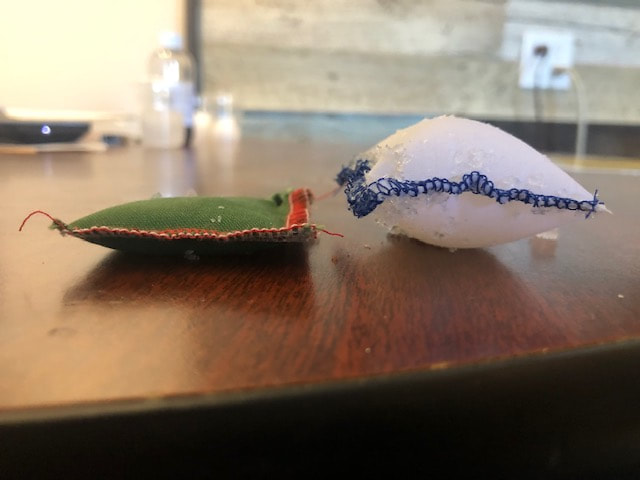
 RSS Feed
RSS Feed